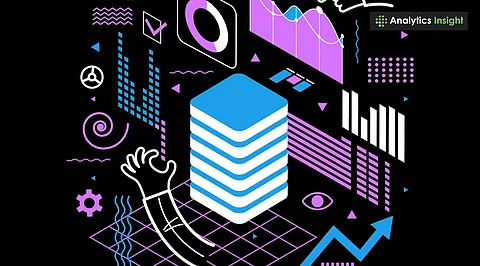

Real-world messy data shows stronger skills than cleaned sample datasets.
Clear project write-ups with charts tell a better story than just high accuracy.
Updating old work and joining group projects adds freshness and teamwork proof.
Getting into data science is not just about learning coding or training models. Companies want to see real work. A portfolio helps show what someone can actually do. In 2025, many students and recent graduates are learning data science, but only a few build portfolios that genuinely stand out. Here’s how to do it right.
A good portfolio should have around 3 to 5 strong projects. These projects must solve real problems, not just copied examples. Using clean datasets from Kaggle is common, but they don’t show full skills. It’s better to work with raw data. For example, use government websites for data on pollution, crime, or health. Some people collect data from Instagram, Twitter, or weather websites using public APIs. When a project involves handling unclean and messy data, it demonstrates patience and real-world experience.
Most projects focus solely on the model and its accuracy score. That’s not enough. A good project should explain everything from the beginning. What problem was chosen, where the data came from, what problems were faced while cleaning, which model was used, and why?
Even if the model did not give high accuracy, it’s okay. What matters is how the whole thing was handled. Even if someone has created a dashboard or a simple prediction tool, explaining it makes a significant difference.
Also Read: Top Data Science Jobs in X, Facebook, and LinkedIn
Many students use too many graphs that are hard to understand. That doesn’t help. A few clean and simple visuals are enough. For example, a pie chart showing population groups, or a bar chart comparing states, tells more than five confusing plots.
Tools like Seaborn, Matplotlib, or Tableau are useful. Some students also use Streamlit or Plotly to create interactive charts, which look more visually appealing and are enjoyable to explore.
A portfolio must be easy to find. Most people use GitHub to upload their projects. Each project should have a short write-up. Not too long, just enough to explain what it’s about. The README file should include a title, a brief introduction, a list of tools used, results, and a few images.
Some students also make a simple website to show their work. It doesn’t have to be fancy. Even free tools like GitHub Pages, Wix, or Carrd work well.
Also Read: Top Linear Algebra Books for Data Science
Recruiters get bored seeing the same Titanic or Iris flower projects. A portfolio looks better when it connects with real life examples. A cricket fan can do match predictions. Someone who likes music can explore trends in songs or artists. A student who follows politics can utilize NLP to study news headlines. These small things make the portfolio more interesting.
Old projects can look outdated, especially when tools change fast. A portfolio should be fresh. Even updating an old project with better code or new visuals can be beneficial. Adding one new project every 2 to 3 months is a good habit. Some students also learn new skills, such as working with ChatGPT, AutoML tools, or building data apps, and incorporate those into their learning.
Working with others on a group project or contributing to open-source also looks good. It demonstrates teamwork, Git knowledge, and practical skills. Even small tasks, such as fixing code or writing clear documentation, help. Students can join projects through GitHub, Discord, or their college's coding club.
A portfolio is not about having ten big projects. It’s about showing real effort, curiosity, and clear thinking. People who review portfolios want to see how someone solves problems, not just which tool they used. A neat, honest, and simple portfolio is always better than a flashy one with copied code. This one thing can open the door to internships, jobs, or freelance work.
